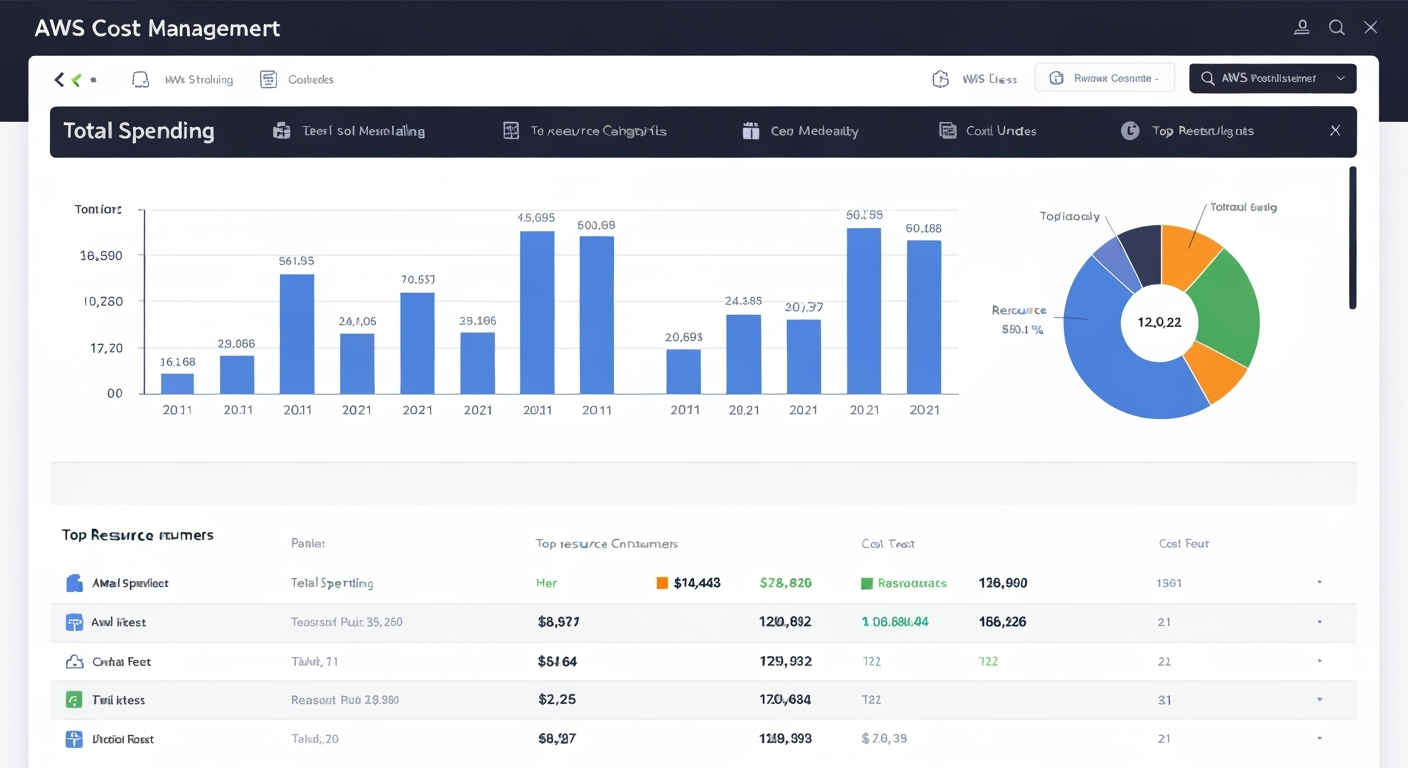
Are you leveraging the cloud but feeling the pinch of escalating costs? You’re not alone. Many businesses are realizing that simply migrating to the cloud isn’t enough; ongoing cost optimization is crucial for a healthy bottom line. This article dives deep into practical strategies to streamline your cloud spending and maximize your ROI.
Understanding Your Cloud Costs
Before you can optimize, you need to understand where your money is going. Cloud providers offer detailed billing data, but deciphering it can be a challenge. Here’s what to consider:
- Resource Utilization: Are your virtual machines, databases, and other services running at full capacity? Identify and eliminate idle or underutilized resources.
- Service Selection: Are you using the most cost-effective services for your needs? Consider cheaper alternatives or right-sizing existing services.
- Data Storage Costs: Is your data stored in the most appropriate tier? Cold storage is significantly cheaper than hot storage for infrequently accessed data.
- Networking Costs: Data transfer between regions or even within the same region can incur significant charges. Optimize your network architecture to minimize these costs.
Actionable Insight: Configure Cost Allocation Tags
Implement cost allocation tags to track spending across different departments, projects, or environments. This provides granular visibility into your cloud costs and helps identify areas for optimization.
Strategies for Effective Cloud Cost Optimization
Now that you understand your costs, let’s explore some proven strategies for optimization:
- Right-Sizing Resources: Analyze the performance of your virtual machines and databases. Downsize instances that are oversized and upgrade those that are underperforming. Many cloud providers offer automated right-sizing recommendations.
- Reserved Instances (RIs) and Savings Plans: For predictable workloads, commit to using specific resources for a period of time (e.g., one or three years) and receive significant discounts. Evaluate your long-term needs and purchase RIs or Savings Plans accordingly.
- Spot Instances: Utilize spare compute capacity offered at heavily discounted prices. Spot instances are ideal for fault-tolerant workloads that can be interrupted without significant disruption.
- Auto-Scaling: Automatically scale your resources up or down based on demand. This ensures you’re only paying for what you need, when you need it.
- Data Lifecycle Management: Implement policies to automatically move data to cheaper storage tiers as it ages. This can dramatically reduce your storage costs.
- Containerization and Serverless Computing: Embrace containerization (e.g., Docker, Kubernetes) and serverless computing (e.g., AWS Lambda, Azure Functions) to improve resource utilization and reduce infrastructure overhead.
Actionable Insight: Automate Optimization Tasks
Leverage automation tools to continuously monitor your cloud environment and automatically optimize resource utilization, storage costs, and other factors. This frees up your team to focus on more strategic initiatives.
Tools for Cloud Cost Management
Numerous tools can help you monitor, analyze, and optimize your cloud costs. Some popular options include:
- Cloud Provider Native Tools: AWS Cost Explorer, Azure Cost Management + Billing, Google Cloud Cost Management.
- Third-Party Cost Management Platforms: CloudHealth by VMware, Flexera Cloud Management Platform, Apptio Cloudability.
- Open-Source Tools: Kubecost (for Kubernetes cost monitoring).

Actionable Insight: Regularly Review Cost Reports
Schedule regular reviews of your cloud cost reports to identify trends, anomalies, and opportunities for optimization. Share these reports with relevant stakeholders to foster a culture of cost awareness.
Conclusion
Cloud cost optimization is an ongoing process, not a one-time fix. By understanding your costs, implementing effective strategies, and leveraging the right tools, you can significantly reduce your cloud spending and unlock the full potential of the cloud. Embrace a culture of cost awareness and continuously strive to optimize your cloud environment for maximum efficiency and ROI. Don’t just migrate to the cloud; master the cloud to drive innovation and growth.